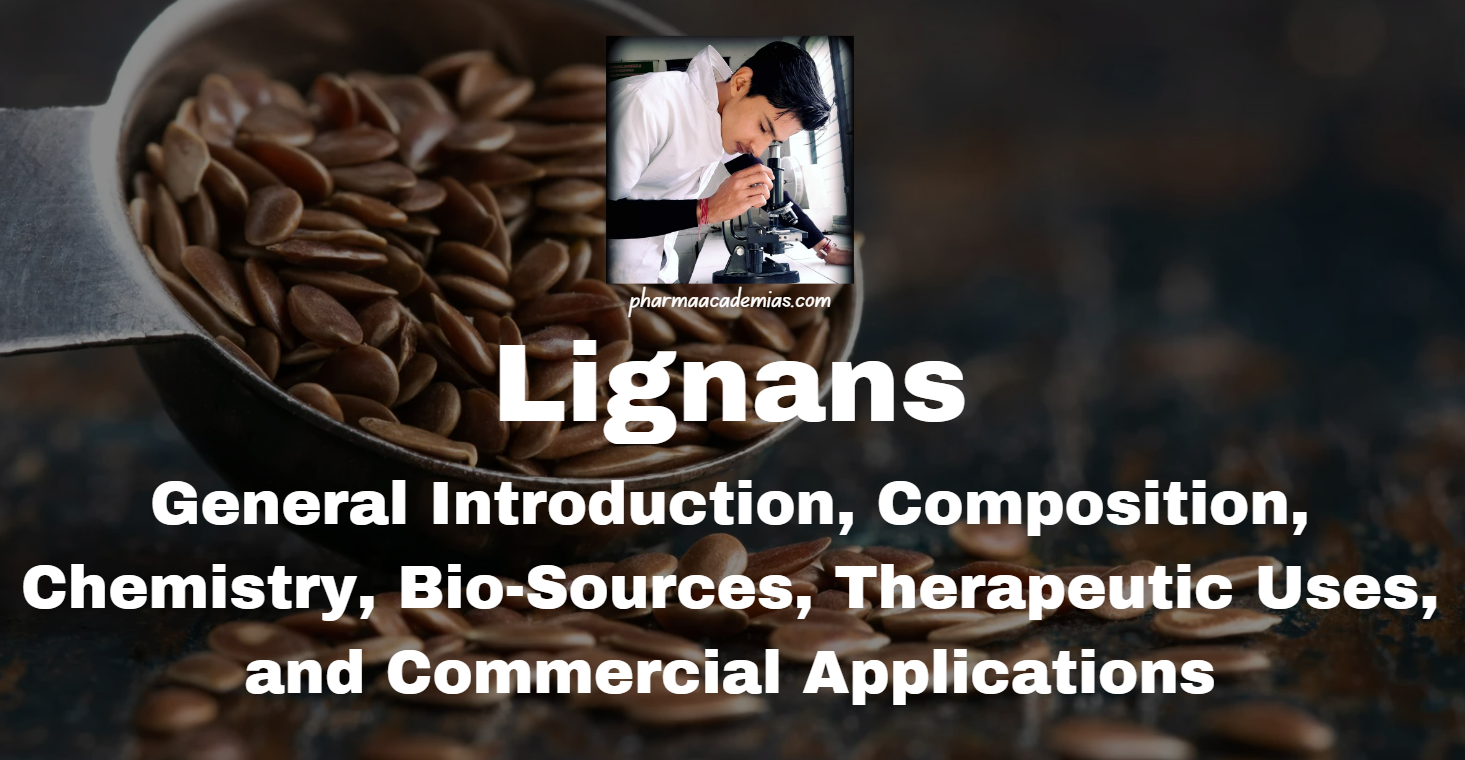Dioscorea: General Introduction, Composition, Chemistry, Bio-Sources, Therapeutic Uses, and Commercial Applications
General Introduction Dioscorea, commonly known as "Yam," refers to a genus of tuberous plants in the family Dioscoreaceae. This genus includes over 600 species, many of which are valued for…










